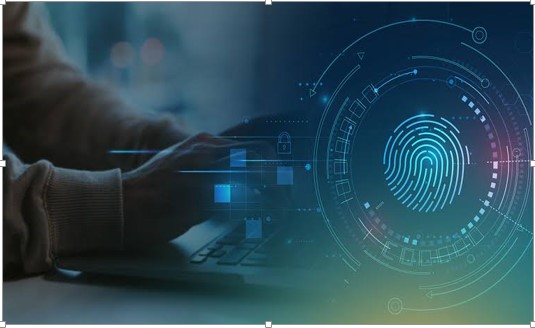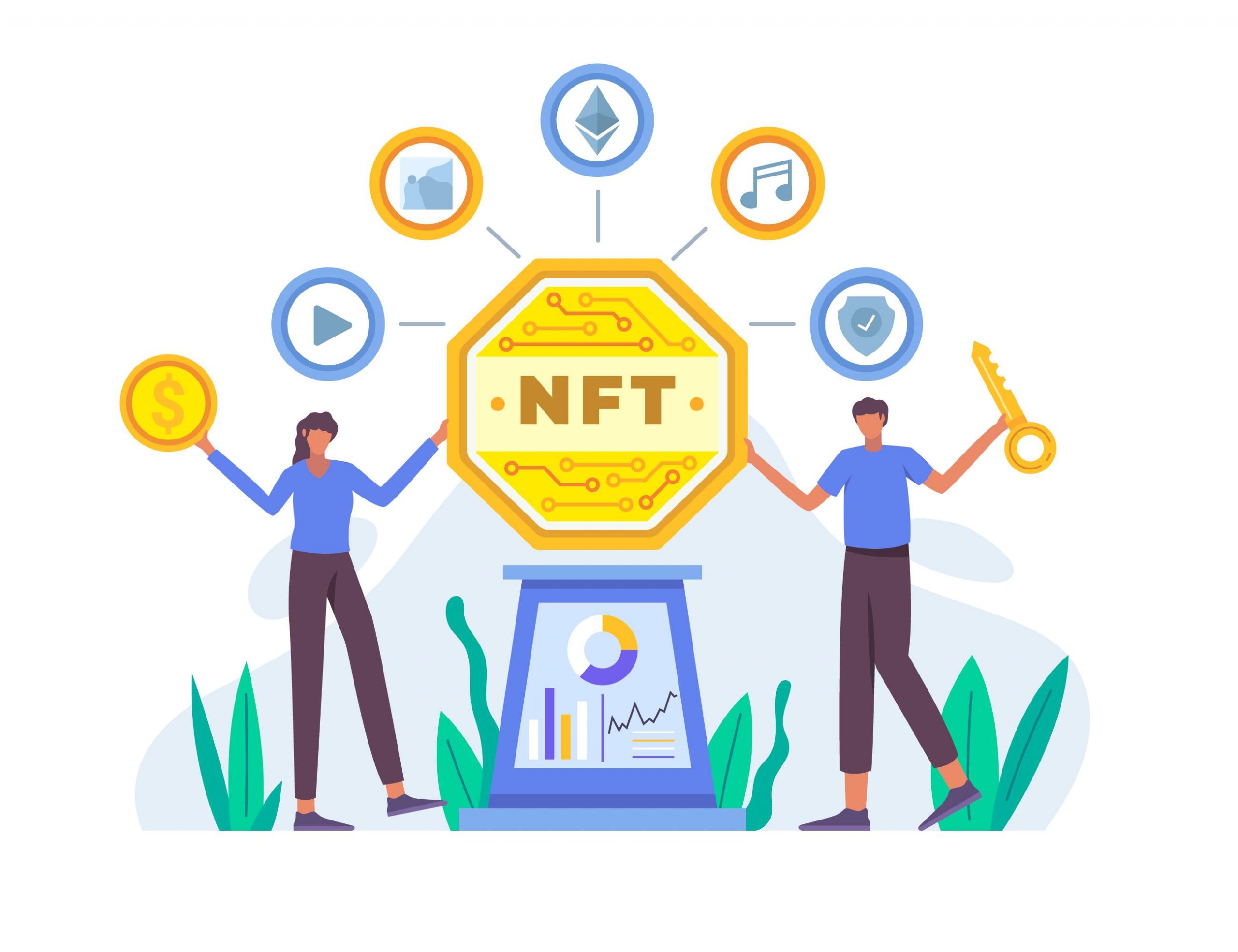Top Tips for Getting the best Digital Forensics Software

The development of digital forensics and investigative tools over time has opened up more choices for a digital forensic toolkit. To forensic investigators wishing to add new digital techniques to their toolkits, the growth of new forensic tools did not always come with a clear road map.
We’ll define the phrase “digital forensic software” in this post, demonstrate how it can ease your pain points by resolving cases more quickly, and offer advice on where to get the best digital investigation software for your particular investigative requirements.
Digital Forensic software: What is it?
Digital Forensic Softwares may scan and examine digital devices both on the scene and in a forensic lab. Forensic software is required for many different types of investigations, including those into terrorism, financial crimes, human trafficking, probation/parole, and more.
The importance of digital forensic software
It seems expected that there would be a rise in digital crimes worldwide given the rapid development of technology. Digital forensics software is crucial because it shortens the manual waiting time for digital evidence including text messages, pictures, browser histories, and cryptocurrency trails, which enables investigators and examiners to swiftly identify evidence on the scene or in a lab.
Forensic tools are used by law enforcement to solve crimes that include:
● Exploitation of children
● Human exploitation
● Drug trafficking
● Violence and Gang Crimes
● Mass casualty & Terrorism
● Fraud and online crime
Lab Investigators and Digital Forensic specialists ought to be able to keep control while extending their field skills. Examiners will know exactly where to begin their probe, and field agents will know exactly which equipment to grab to take back to the lab. The one tool or tools an investigator needs to immediately scan, extract, and analyze crucial information on iOS/Android phones, tablets, desktops, and digital devices should be available on the scene.
Getting the Best Digital Forensics Software

Price
It is crucial to choose a tool that is inside your allocated spending limit. For this reason, if you are in charge of digital forensic funding, you need to do some study on many aspects of choosing a tool, including the ones listed below.
Features
It is essential to have features like search profiles, face intelligence, age group identification, mobile preview, etc. to reduce the backlog in the forensic lab and resolve on-scene investigations more quickly.
processing features including file types, file artifacts, and OS artifacts, as well as pre-analytical capabilities like hash confirmation, indexing, and live memory retrieval, and analytical features (below)
Qualifications and Training
The instruction that comes with a product you buy should be simple to understand and flexible, as with accredited tutorials.
To equip you with the information and abilities required for using tools on-scene, in the research area, or in the forensic lab, search for training that is geared both for technical and non-technical students. Depending on the curriculum you choose, the course(s) should be able to educate you how to quickly extract conclusive data and knowledge from computers, smartphones, and digital media.
Technical Requirements
The device type, needed interface, and the device state when examining, if it is live/running or turned off, are some of the most crucial technical specifications to watch out for.
Analysis
Be on the lookout for analytical features like filtering, sorting, and bookmarking.
Time is also saved by having the option to produce and modify reports within the program that you can distribute to other team members.
You can concentrate your search for a new digital forensic tool by keeping these suggestions in mind. Trust me, the best is what you’ll definitely get.
















